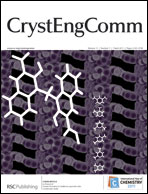A two-step temperature-raising process to gold nanoplates with optical and surface enhanced Raman spectrum properties
Abstract
Gold nanoplates in high yields have been successfully achieved via a two-step temperature-raising process through the reduction of


 Please wait while we load your content...
Please wait while we load your content...